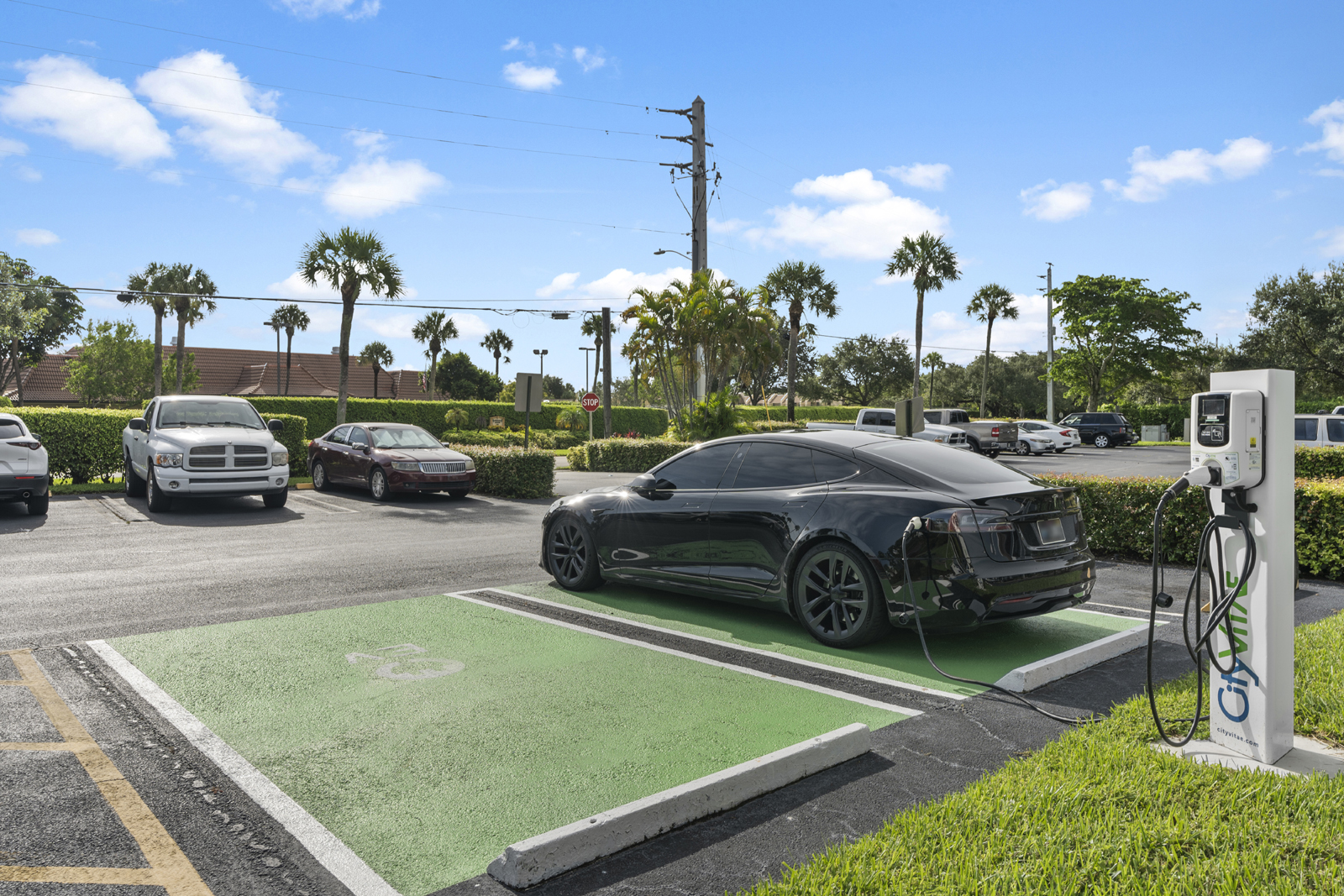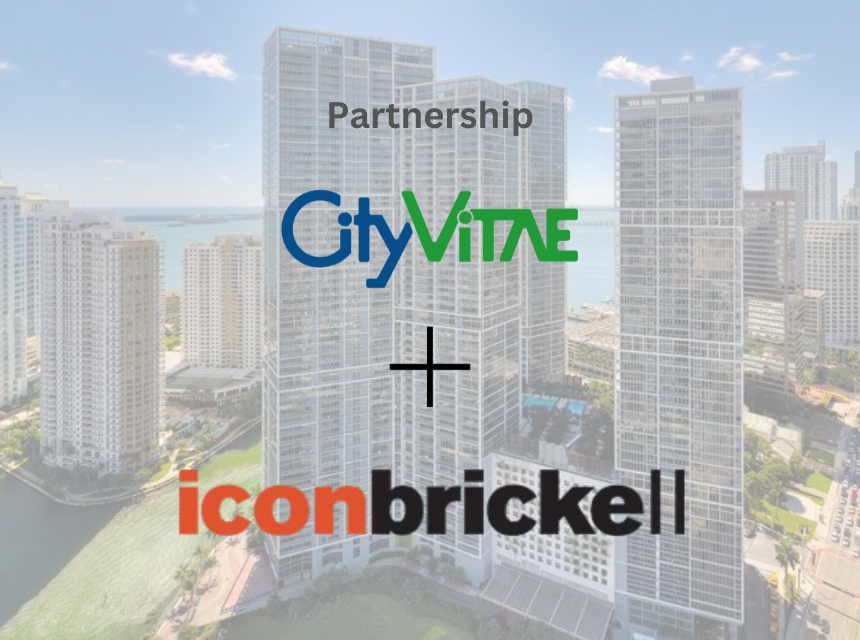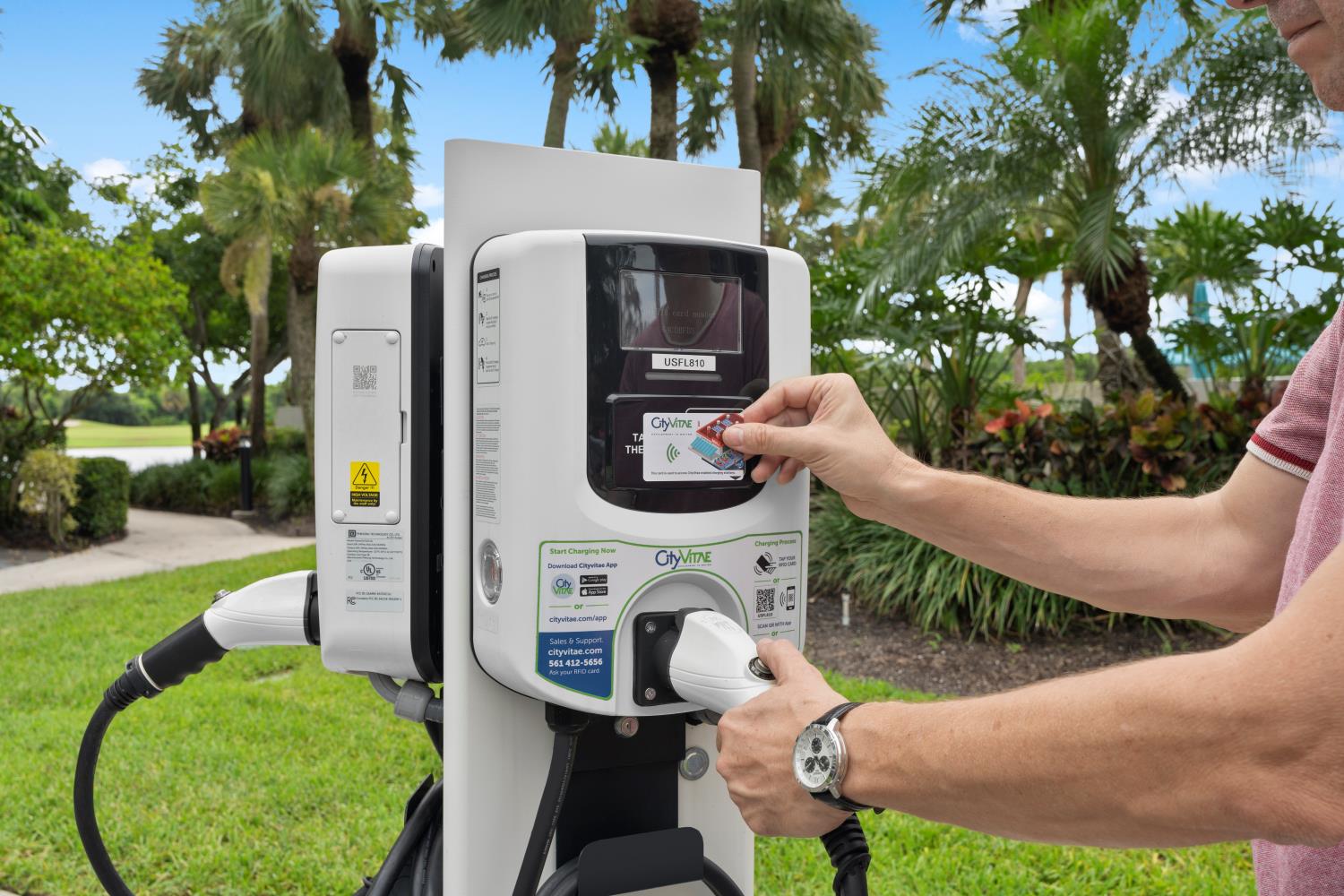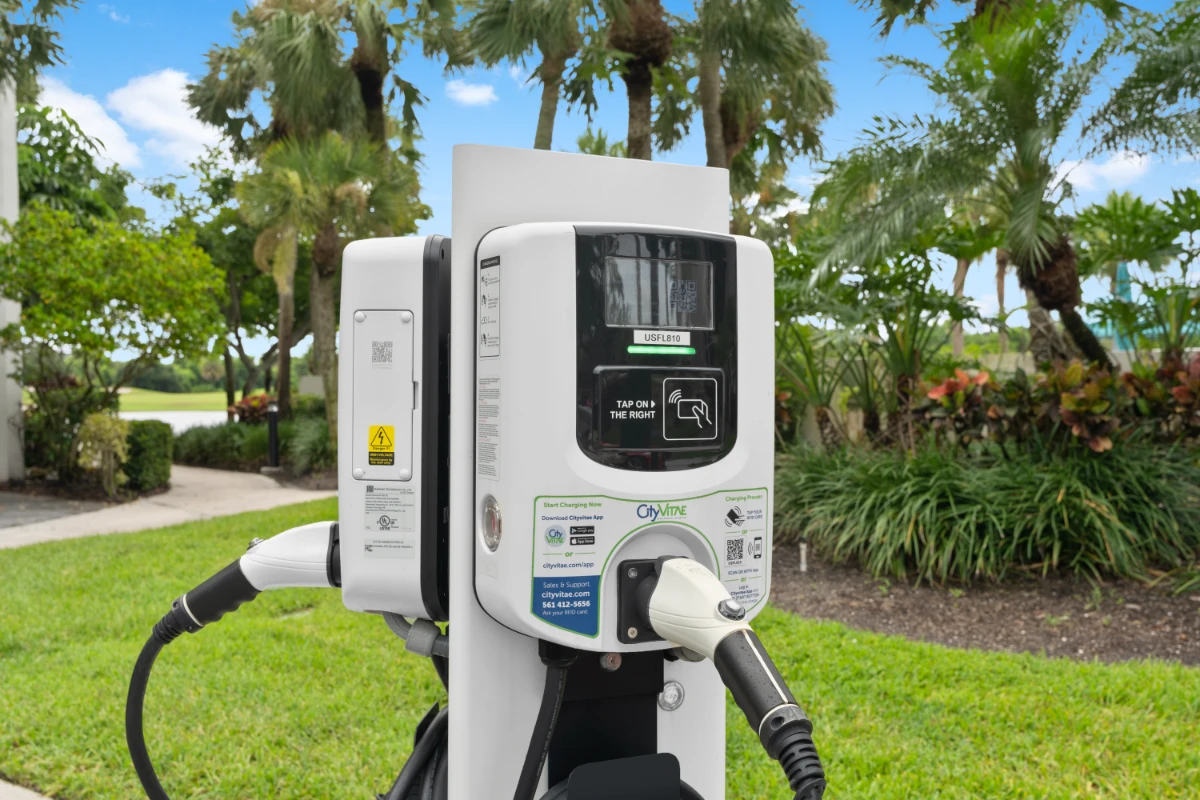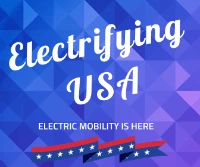The Electrical Capacity Challenge: New Tech Solutions for Your Property's Charging Needs
Equipping your property with efficient EV chargers has become increasingly important for attracting tenants.
Understanding Electrical Capacity
The electrical service panel (also commonly known as the “breaker box”) divides the power feed from a central power source (i.e. your local power company) into subsidiary circuits that are then distributed throughout the property to meet various electricity needs.
This includes the everyday electrical needs of the property (lights, A/C, etc.) plus the additional load from EV chargers. Overloading this system can lead to tripped circuit breakers (mechanisms that shut down the power grid if too much power is drawn) or, in severe cases, lead to electrical fires.
Code Compliance: Essential Electrical Guidelines for EV Chargers
Crafting an EV charging solution that aligns with safety protocols is fundamental. Here are key restrictions to consider:
- Electrical Panel Capacity — Overloading your electrical panel capacity can compromise your entire electric system and is severely dangerous.
- The 80% Rule — This guideline stipulates that the continuous load on any circuit should not exceed 80% of the breaker’s rated capacity. For example, a 20-amp breaker should not support a continuous load greater than 16 amps. This is to prevent overheating and ensure the longevity of electrical components.
- Independent Breakers for Each Charger — To ensure the reliability and safety of your EV charging infrastructure, each charger should be connected to its own circuit breaker. This prevents potential issues of one charger from affecting others, and allows for easier troubleshooting and maintenance.
